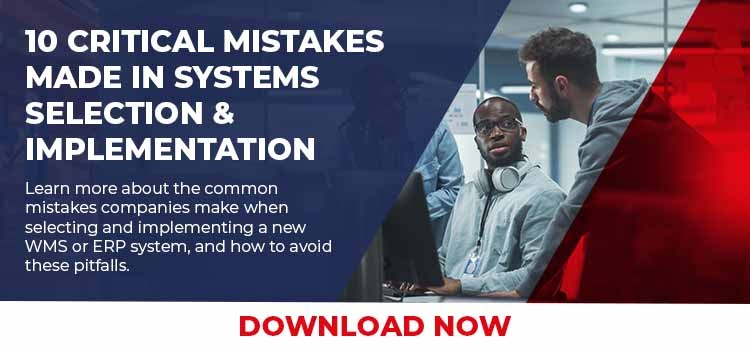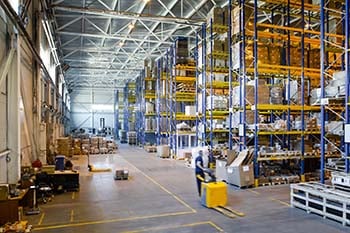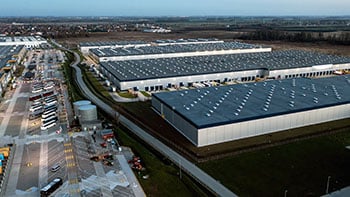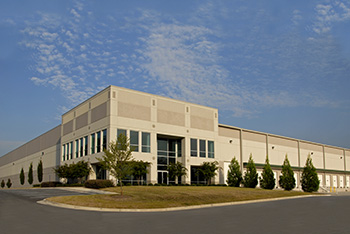Software as a Service (SaaS) and Cloud based computing has taken the application world by storm. As you consider acquiring new systems – whether they are – new Warehouse Management System, ERP, Order Management, marketing, telephone system or shipping systems – there nine factors to consider comparing SaaS and cloud to on-premise approaches. The chances are good that across your business you’ll use a combination of the two IT business models.
Let’s clarify the difference between SaaS and Cloud based software that make each one unique.
- A SaaS model’s key benefit is it is truly a service model that the software vendor installs and maintains enhancements, software and security fixes.
- Cloud software environment’s main benefit is the hardware is hosted somewhere other than at your facility. You are accessing the software and your data at a remote location; you may still have a perpetual license.
The following comparison shows what I think the nine most important factors are.
Comparing On-Premise to SaaS and Cloud
|
Factors |
Traditional On-Premise |
SaaS or Cloud |
|
Intellectual property |
Perpetual, non-exclusive license to install and use system. Acquisition of source code additional cost. |
Ability to use system for contract time frame - anywhere from month to month to multi-year agreements. Highly flexible. Cloud option may also require a perpetual license. |
|
Ability to Customize |
More flexibility to develop and support customized business systems |
Many times all users are on same release level or version and function. Some providers will interface to other commercial subsystems. |
|
Hardware and Operating Software |
On-premise or outsourced operations. |
Resides with a hosting provider, which may or may not be the software provider. |
|
System Upgrade |
Internal responsibility. Can contract with the vendor (or other third party). Internal IT responsible for planning and implementing resources. |
Vendor performs regular upgrades as generally all users are on same version of the application. May be more frequent updates. Provider manages hardware and software scalability. |
|
IT Operations |
Generally internal staff. Can outsource operations for additional costs. |
Outsourced operations included in SaaS monthly fee. Cloud is contracted directly with a third party hardware provider. |
|
System development |
On-going expenses for internal programming staff or contractors. |
Provider responsible for developing application. |
|
Adapt new technology |
Major responsibility for internal staff working with vendors. |
Look for outsourced partner to stay up to date with server versions, database changes, communications, back-up, etc. |
|
Vendor maintenance and support |
Annual support costs 18% - 25% based on license costs. |
Usually included in monthly service fees. Cloud options can have separate maintenance agreements if the software is a perpetual license model. |
|
Application costs |
May be more expensive implementation initially considering total cost of ownership. Asset purchase. |
SaaS after several years, may be more expensive over the long term. Service rather than asset. |
Source: Copyright 2015 - 2016 by F. Curtis Barry & Company. All rights reserved.
One of our clients migrated from an on-premise Order Management System (OMS) and POS to two SaaS providers. The CEO and IT Director pointed out the benefits. “Going to the SaaS platforms got us out of the daily IT operations – we loved finding partners that could support us. Our small IT staff now has time to work with the users to gain greater benefits from the applications.”
“Initially our OMS provider’s POS was not strong and we implemented POS with a separate SaaS provider. Our OMS SaaS provider eventually enhanced their product so that it was far stronger. Because we were on a month to month agreement with the POS provider, we could implement the new app and drop the first POS vendor. Much more flexible than if we had paid for an on-premise POS app. We’d be looking at the depreciation still on the books, learning new apps from a development and operations aspect to support the users.”
Additionally the OMS provider acquired a strong cloud-based Warehouse Management System. It is far more functional than our on-premise OMS apps have ever been.”
For larger multichannel companies, it’s prudent to be entirely sure of how well the SaaS and cloud based systems will handle your transaction volumes and the disaster recovery preparedness of the providers. But then you can make the same point about internal staff supported systems and on-premise applications.
Another key perspective to take into account is the total cost of ownership including initial implementation, servers, license and annual support. Our experience with some clients is that often the SaaS or cloud model is much lower costs in the first couple years. However, SaaS or cloud may have a higher cost the longer you keep the service. The service fees are on-going and in the on-premise model licensees, customization, equipment, etc. and depreciated and amortized. My client cited above says, “I feel it’s worth the difference in terms of flexibility, nimbleness and scalability.”
But do your due diligence and see how this works out for the vendors you are considering. Talk to references for both approaches. Do they have multichannel customers like yours, with your type of merchandise and sales volume? I think you’ll find that these nine factors spawn many pros and cons as you do your research.
F. Curtis Barry & Company is a consultancy servicing the e-commerce, catalog, retail and wholesale industries. Our service offering include systems search, selection and implementation of warehouse management and order management.




SHARE